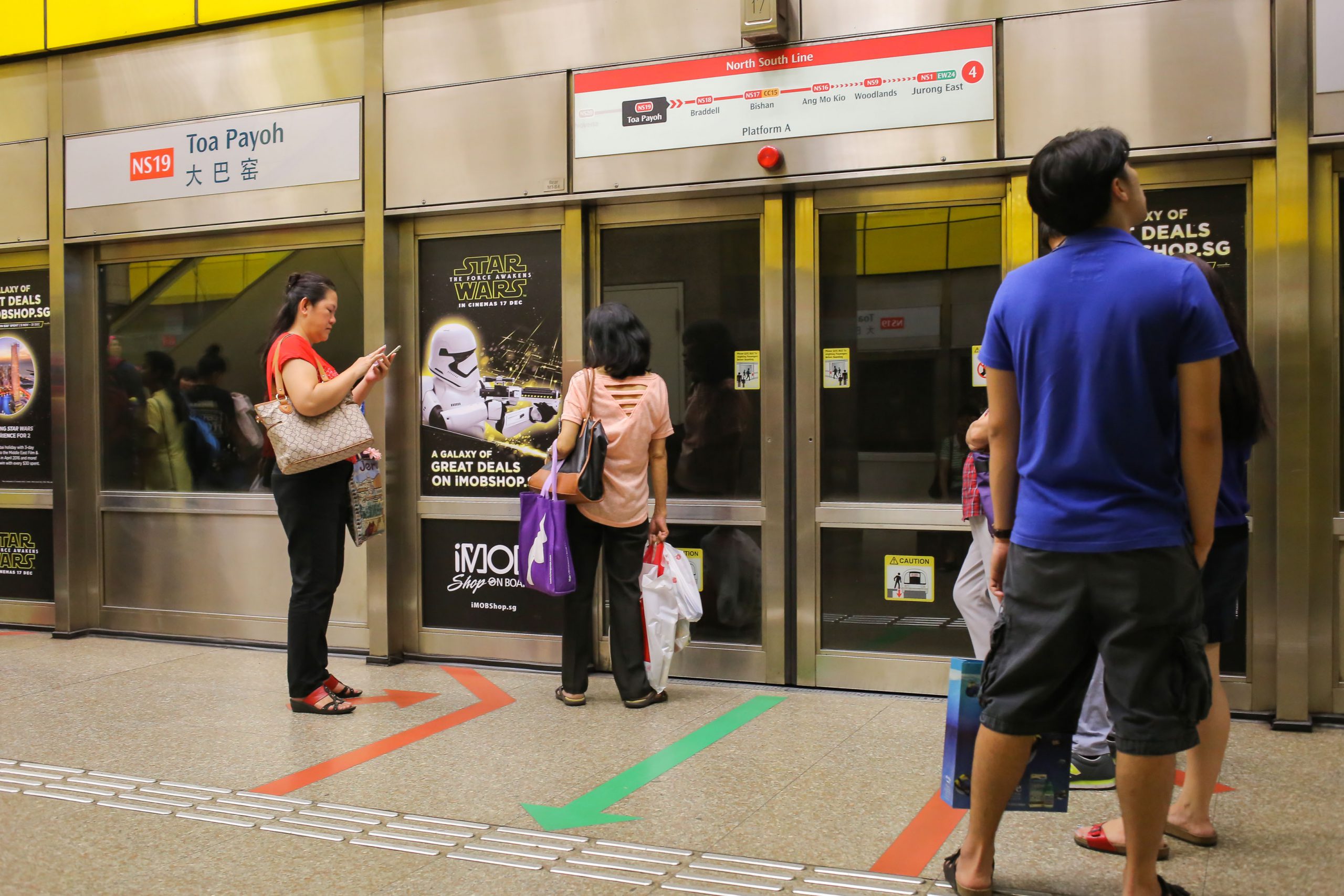Subterranean Displacements and Replacements in Singapore: Politics, Materialities, and Mentalities
November 27, 2022
Since Singapore’s independence in 1965, underground bunkers and train stations have been constructed to double up as public shelters for populations during times of emergency. It was not until 2014 that the government formally identified the usage of underground land as a core component of Singaporean strategic planning. This was noteworthy as Singapore had previously invested its engineering infrastructural energy in land reclamation and horizontal expansion.
On 27 November 2019, the Urban Redevelopment Authority of Singapore (URA) released the Master Plan 2019 (MP19), setting out Singapore, a land-scarce city-state’s vision to tap into the underground for the freeing up of space on the surface.
In ‘Subterranean Displacements and Replacements in Singapore: Politics, Materialities, and Mentalities’ (Annals of the American Association of Geographers, 2022), Associate Professor Chih Yuan Woon (NUS Department of Geography) and Professor Klaus Dodds (Royal Holloway University of London Department of Geography) write about how although Singapore’s underground plans are in part meant to reduce its ecological footprint emerging from land reclamation, they ironically lead to further environmental degradation given the replacement of materials from subterranean excavations into offshore marine sites.
Given the large-scale nature of this project, the Singaporean government has spared no effort in displacing prevailing mentalities about the health and safety risks of a subterranean way of life and boosting public confidence and belief. According to A/P Woon and Prof Dodds, the Singaporean governmental elites frame the strategic decision to go underground as necessary for geopolitical survival and economic benefit. Singapore’s subterranean territory is thus represented and perceived as underutilized land waiting for various developmental possibilities. In this manner, the government encourages an ideology of pragmatism to take precedence and override public concerns and scepticism about subterranean developments.
Beyond assurances, the Singaporean state has also reoriented the mentalities of citizens towards appreciating the benefits of underground development. Careful attention has been given to thermal comfort and urban design, demonstrating their importance to how Singapore’s tropical environment could be engineered for the benefit of its residents, such as how the underground space can be a refuge from heavy rainfall or hot and humid conditions.
Sand has been the foundation of Singapore’s infrastructural and material development. To ensure sufficient territorial space, land reclamation through the use of sand has been a deliberate strategy designed to extend the surface area of Singapore. Since 1965, Singapore has increased its land area from 520 km² to 725km² and is aiming to secure another 40 km² by 2030. However, this practice of land reclamation has become more controversial as Singapore imports most of this sand from neighbouring countries, where its removal has resulted in dire environmental consequences in areas such as mangroves, where sand is vital. Therefore, sand-related displacements and the country’s land reclamation acts are now used by the Singapore government to articulate the environmental and political limits of land reclamation and frame the subterranean as an ecologically sustainable alternative to overcoming the city-state’s territorial constraints.
Read the article here.

